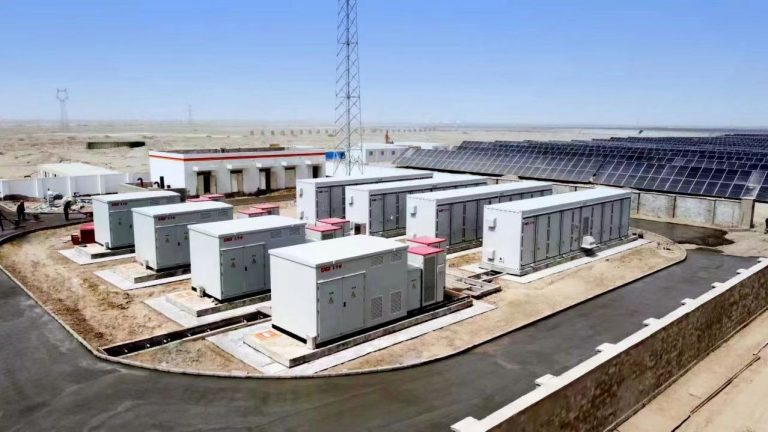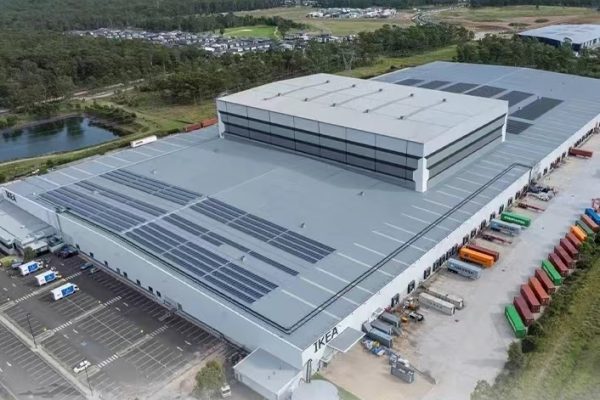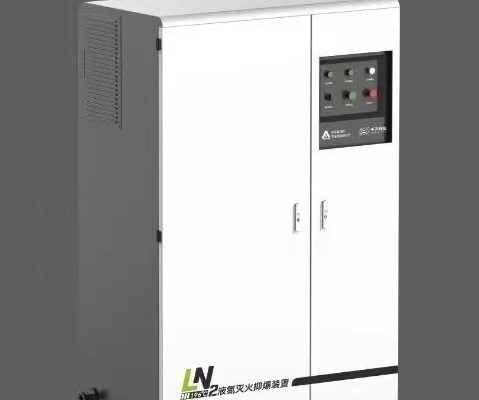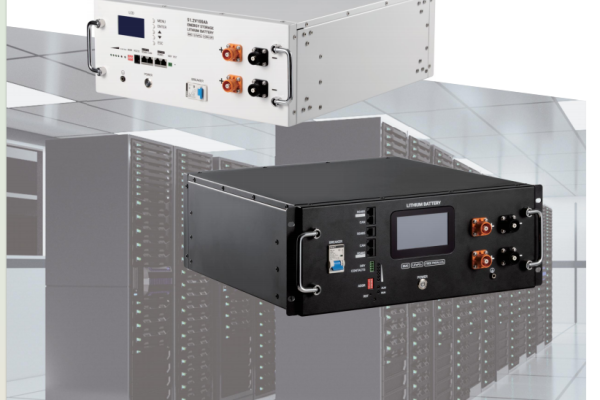Practical Advice for Residential and Small Commercial Applications
1. Why Space Matters in ESS Projects
In small-scale energy storage projects—whether for homes, small factories, or shops—available indoor space is often limited. When designing an energy storage system (ESS), the physical layout is just as important as technical sizing.
Many projects fail or become more expensive simply because the installer didn’t think through where and how to install batteries, inverters, BMS, or fire safety equipment in a compact room.
This article provides hands-on guidance for designing a practical, compact, and safe energy storage room.
2. What Goes Inside a Typical ESS Room?
Here’s a simplified list of equipment you may need to fit:
- 🔋 Battery Pack(s) – rack-mounted or wall-mounted
- 🔄 Inverter / Hybrid Inverter
- 🧠 BMS / EMS (if external)
- 🛠️ DC Combiner, Fuses, Breakers
- 🌬️ Ventilation / Cooling Fans
- 🔥 Fire Suppression (e.g., smoke detector, extinguisher)
- 🖥️ Monitoring Interface or Gateway
- 🧯 Safety Labels and Clearance Zones
Depending on system size and battery type, this could occupy just 1–2 square meters, or require a full equipment wall and air circulation space.
3. Common Layout Options (and When to Use Them)
📦 Wall-Mounted Layout (Residential, 5–15 kWh)
- Batteries like stacked Li-ion modules or all-in-one packs (e.g. Powerwall format)
- Hybrid inverter mounted above or next to battery
- Installed in utility room, garage, hallway, or storage closet
✅ Space-saving
✅ Aesthetically clean
❗ Check wall load-bearing strength
❗ Allow airflow around battery (≥30 cm recommended)
🗄️ Rack-Based Layout (15–50 kWh)
- Standard 19-inch racks (indoor) or custom cabinets
- Modular batteries, inverter below or on separate panel
- Better for multi-string setups with higher discharge currents
✅ Professional look
✅ Easier cable management
❗ Needs ≥ 1.5 m²
❗ Requires clear floor space and anchoring
🚪 Dedicated ESS Room (50+ kWh)
- Larger systems may occupy a full room or converted utility area
- Includes cooling, alarms, structured fire zones
- Often for small businesses, factories, cold storage
✅ Full customization
✅ Easier to upgrade/scale
❗ Requires planning permissions (in some regions)
❗ Higher cost of build-out
4. Layout Planning: Key Tips
📏 Measure Everything – Twice
- Don’t rely on datasheets only; check real dimensions with terminals, brackets, ventilation grills.
- Leave 20–30 cm clearance on all sides for airflow and maintenance.
🔌 Plan the Cable Routes Early
- DC cables (from battery to inverter) must be short and direct.
- AC output should connect safely to distribution board or grid point.
- Use labeled conduits for safety and future serviceability.
🧯 Include Safety Zones
- Fire extinguisher within 1 meter
- Temperature sensors and smoke detector
- Avoid placing combustible materials nearby
- Leave visual warning labels visible to users
🌡️ Manage Temperature
- Li-ion batteries prefer 10–30°C operation
- Install fans or small AC unit in warm climates
- Place sensors to monitor room temperature in real-time
5. What Your Customer Might Overlook (But You Shouldn’t)
🕳️ Ventilation Gaps
Especially important with lead-acid or older lithium chemistries
🪛 Service Access
Can you replace a single battery module without moving others?
📶 Signal Interference
Place communication devices (Wi-Fi/RS485/LAN) away from high-voltage AC gear
🔋 Battery Expansion
Leave space for future upgrades—even one extra module matters
6. What Can a Technical Trade Partner Do?
You don’t just sell batteries—you help customers visualize a complete system in their space.
🛠️ Offer value through:
- Pre-configured cabinet or wall-mount kits
- 3D layout guidance based on client’s room measurements
- Equipment labeling and cable diagrams
- Advice on ventilation and safety standards
- Flexibility in battery dimensions and module counts
Your ability to think ahead for the customer is a major trust builder—and a key advantage over generic suppliers.
7. Recently Published Articles You May Like
- 👉 Multi-day Backup with Storage: Realistic or Overkill?
- 👉 Integrating EV Charging with Residential Battery
- 👉 How to Select a Storage Inverter for Small-Scale Projects
8. Conclusion
Compact energy storage rooms are becoming more common as storage spreads across homes and small businesses. The layout doesn’t need to be fancy—but it must be practical, safe, and scalable.
By helping customers plan this space carefully, you don’t just sell equipment—you become a trusted technical partner in their energy journey.









